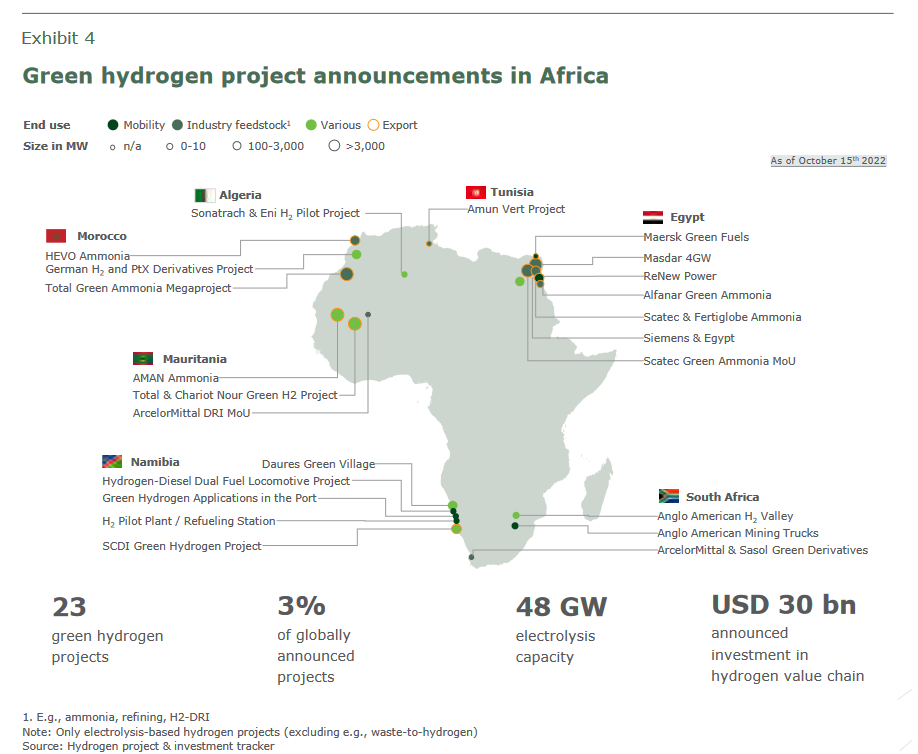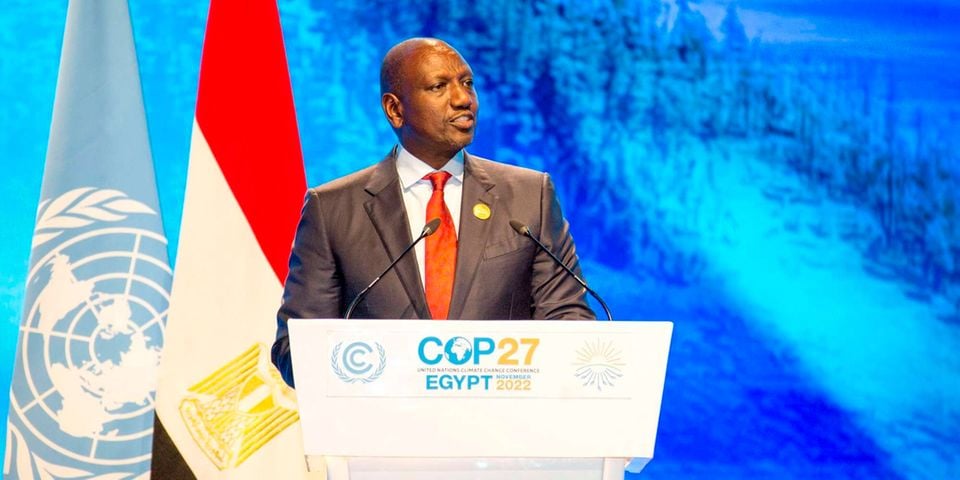COP27: raised ambitions for Africa
By Julian Atchison on December 01, 2022
FFI, Kenyan government to develop geothermal ammonia production
The framework agreement between Fortescue Future Industries and the Kenyan government includes three potential projects: two mega-scale renewable energy generation facilities in Kenya (up to 25 GW), and a 300 MW, geothermal-powered ammonia & fertiliser production plant in Naivasha. FFI aims to develop green industrial infrastructure to utilise power from the two mega-scale generating projects (Mombasa & Lamu), with the potential for more renewable hydrogen production (up to 1.7 million tonnes per year), and possibly for export.
By stepping away from fossil fuels to use green ammonia, Kenya can eliminate its reliance on imports, reduce the cost of fertiliser and increase its food and economic security. Today’s agreement sets Kenya on a path to industrial decarbonisation and we are committed to walk with Kenya on that journey every step of the way.
FFI Executive Chairman Dr Andrew Forrest in his organisation’s official press release, 8 Nov 2022
Kenyan President William Ruto delivered a statement on behalf of African Heads of State at COP27, outlining the potential to develop at least 20 GW of wind power and 10 GW of geothermal, plus an estimated (and untapped) hydropower potential of nearly 100 GW. Ruto made the case for immediate industrial investment in Africa, warning that “weak action is unwise, [and] no action is dangerous”.
Instead of struggling to power industrialisation using dirty energy, which is costly and is destroying our planet, we want to make a case for developed economies to decarbonise their production by directing industrial investments to Africa and making use of clean energy to manufacture for the world.
Kenya President William Ruto’s address on behalf of the Committee of African Heads of State and Government on Climate Change, published via Nation.Africa on 8 Nov 2022
bp to explore mega-scale renewable hydrogen in Mauritania
Already working with the Mauritanian government on gas extraction projects, bp will carry out assessments of wind and solar resources in Mauritania, with the goal of developing large-scale hydrogen production.
New report highlights Africa’s potential

And a new report from UAE-based organisation Masdar has laid out the opportunities on offer for Africa. By 2050, Africa could capture between 5-10% of the global renewable hydrogen market, worth around $120 billion (30 to 60 million tonnes per year hydrogen). Scaling renewable hydrogen production across the content would also accelerate the roll out of renewable energy generation and improve access to electricity for Africans.
Production of 30 to 60 million tonnes per year hydrogen would require fifty times more than the current installed wind and solar capacity in Africa, the report concludes. A large amount of new investment will be required, with the largest share ($320 – 610 billion) going to the renewable generation needed to produce the hydrogen, followed by electrolysis plants ($115 – 220 billion). Foreign investors will need to provide the bulk of funding for export-oriented projects. As far as the domestic-export split for produced hydrogen, the report suggests two-thirds (20 to 40 million tonnes per year) will be exported, with one-third (10 to 20 million tpy) for domestic use.
